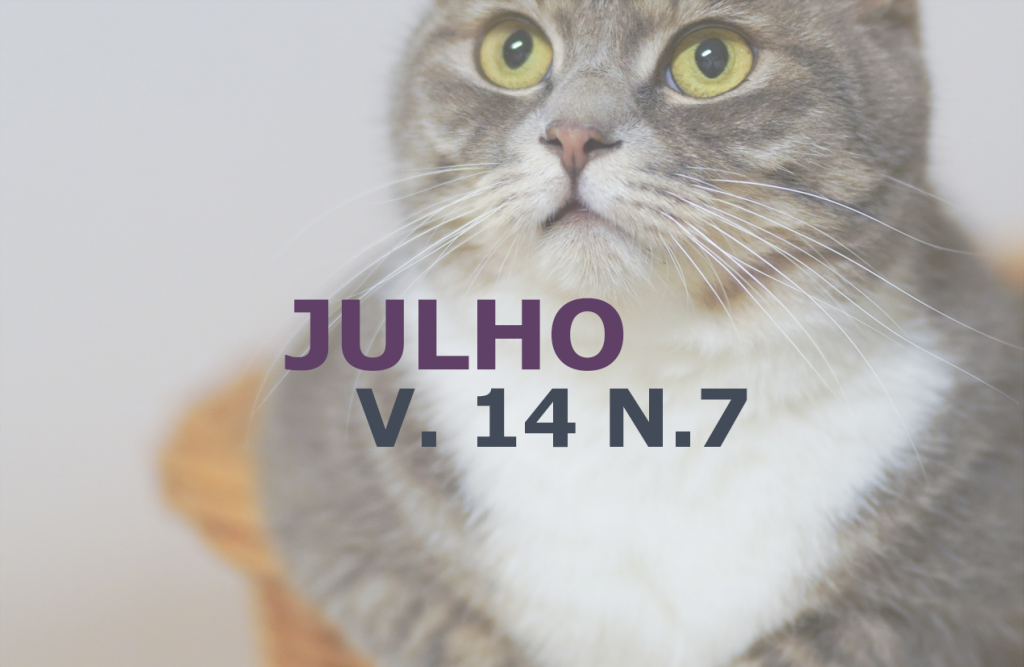Femoral nerve block by pre-iliac approach and lumbosacral trunk by parasacral approach in sheep: case report
DOI:
https://doi.org/10.31533/pubvet.v14n7a607.1-6Keywords:
locoregional anesthesia, perineural block, neurolocator, small ruminantsAbstract
Anesthetic and analgesic techniques, local and regional, are useful in situations where general and epidural anesthesia is contraindicated. Locoregional techniques are considered an increment for general anesthesia, since they promote efficient analgesia during the operation, generating a decrease in the dose used of the general anesthetic, and in the analgesic rescue in the postoperative period. This report aims to present a new approach to the femoral nerve and the sciatic nerve or lumbosacral trunk due to the height of the block, aiming at higher procedures on the limb, impossibility of the epidural and avoiding the adverse effects of the epidural. In addition to small ruminants having the ability to wake up from anesthesia and get up because they are less heavy. The anesthetic / surgical procedure lasted almost 3 hours and the patient remained stable all the time, with no changes in vital parameters, and in the immediate postoperative period, the animal was already standing and eating. Animal was kept in a superficial plane during anesthesia, with eyelid reflex present and rotated eyeball. As a universal vaporizer was used, the minimum alveolar concentration at which anesthesia was maintained was not recorded. The pre-iliac approach to the femoral nerve and the parasacral approach to the lumbosacral trunk is a technique of regional anesthesia with efficient analgesics and easy to perform as long as guided by a peripheral nerve locator. It is a technique that reduces volume and consequently anesthetic cost, can be used when general anesthesia is not possible, reduces the need for general anesthetic, does not have the risks of epidural anesthesia, being a great choice in the contraindication or error in the epidural technique.
Downloads
Published
Issue
Section
License
Copyright (c) 2020 Juliano Nunes de Oliveira, David Ronald Travagin, Andreza Furtado de Souza, Marina Bassi Soares Jacinto, Juan Claudio Nunes de Oliveira, Fabricio de Oliveira Frazilio

This work is licensed under a Creative Commons Attribution 4.0 International License.
Você tem o direito de:
Compartilhar — copiar e redistribuir o material em qualquer suporte ou formato
Adaptar — remixar, transformar, e criar a partir do material para qualquer fim, mesmo que comercial.
O licenciante não pode revogar estes direitos desde que você respeite os termos da licença. De acordo com os termos seguintes:
Atribuição
— Você deve dar o crédito apropriado, prover um link para a licença e indicar se mudanças foram feitas. Você deve fazê-lo em qualquer circunstância razoável, mas de nenhuma maneira que sugira que o licenciante apoia você ou o seu uso. Sem restrições adicionais
— Você não pode aplicar termos jurídicos ou medidas de caráter tecnológico que restrinjam legalmente outros de fazerem algo que a licença permita.





